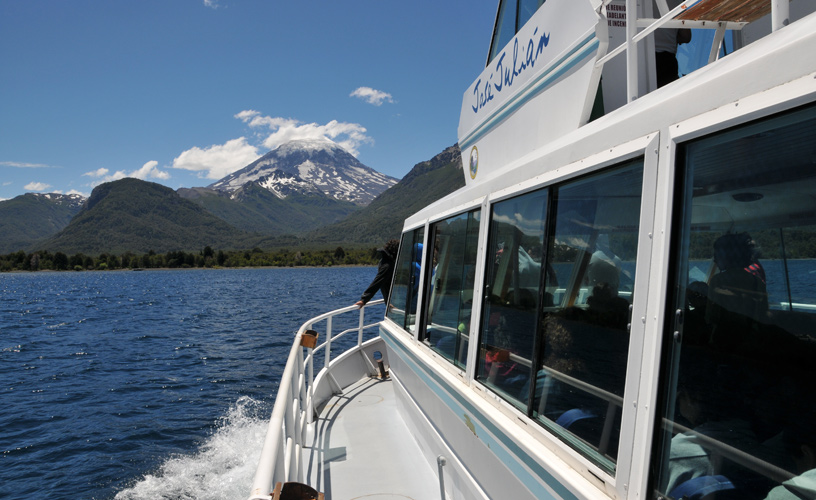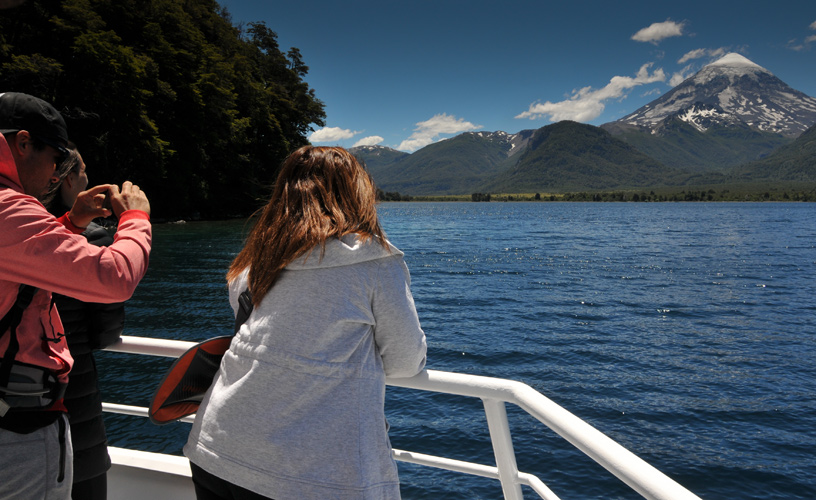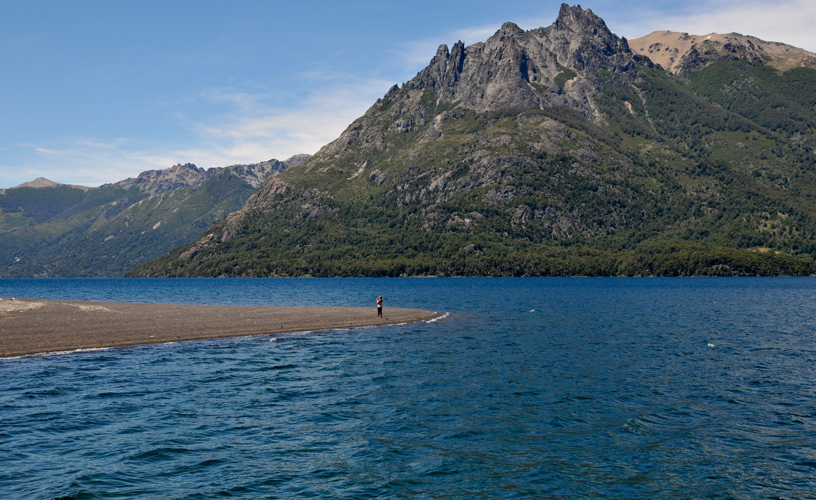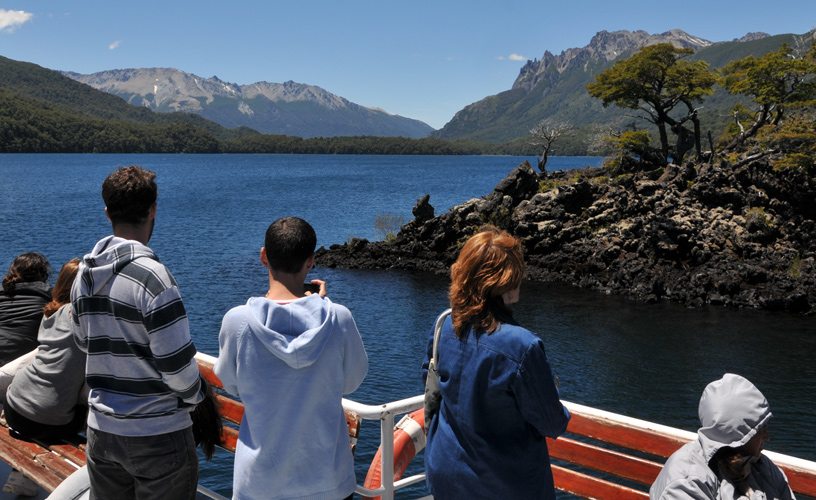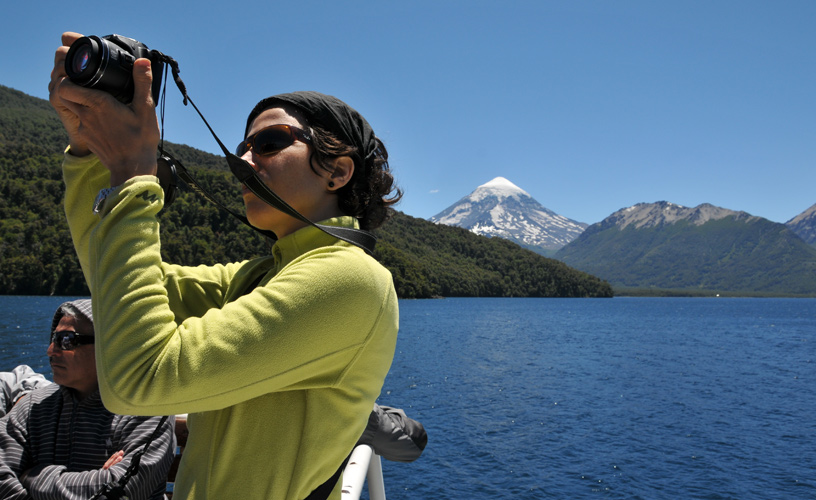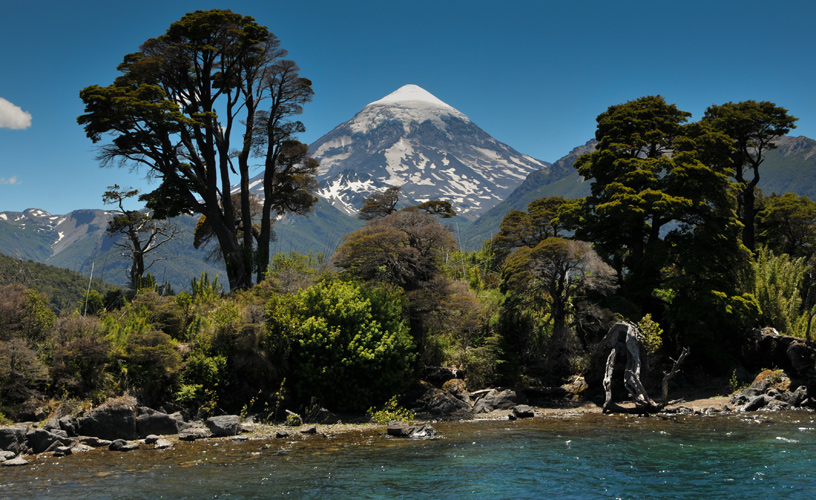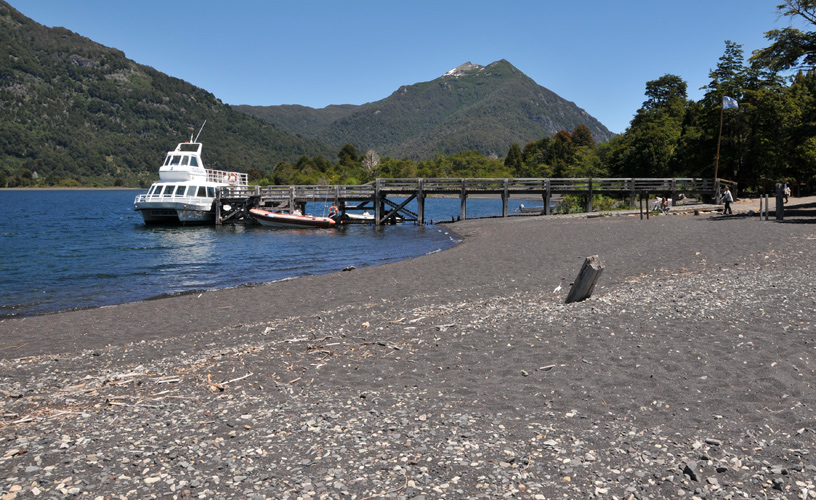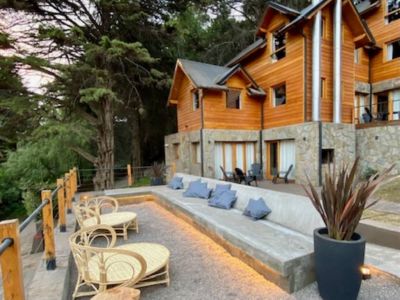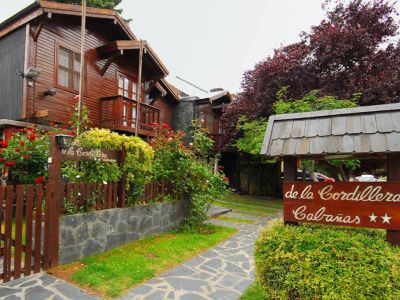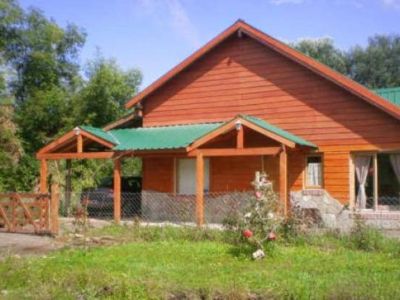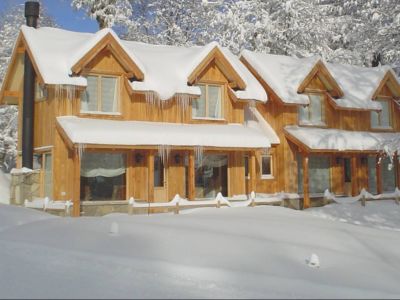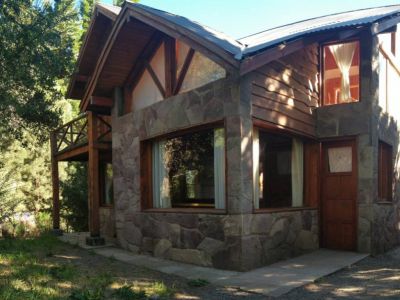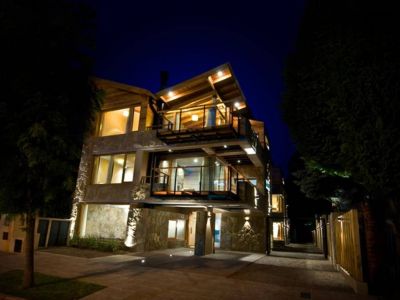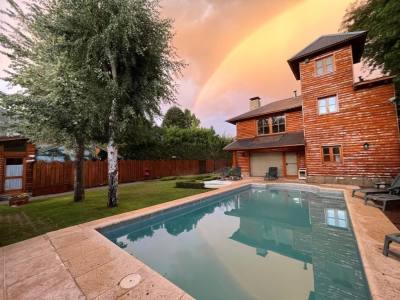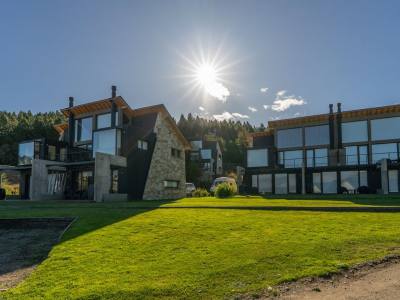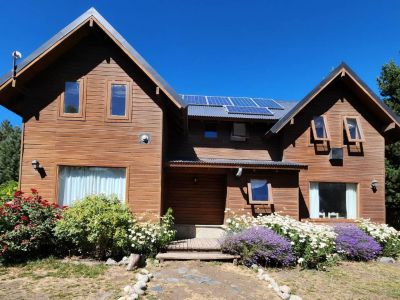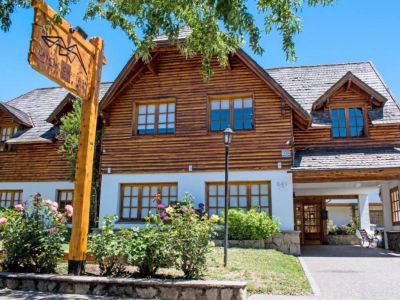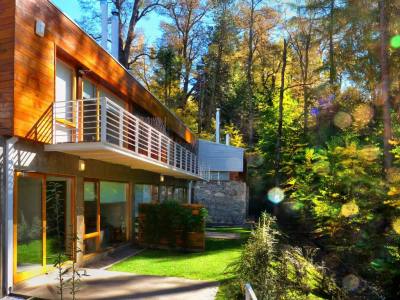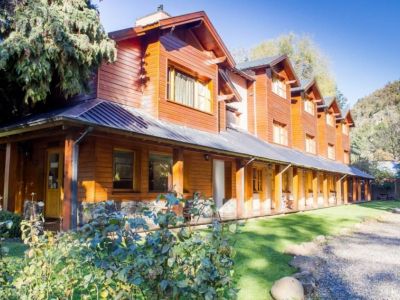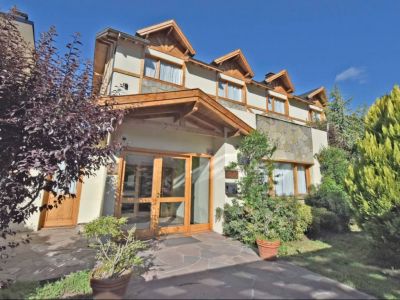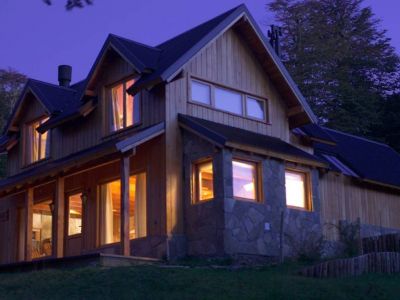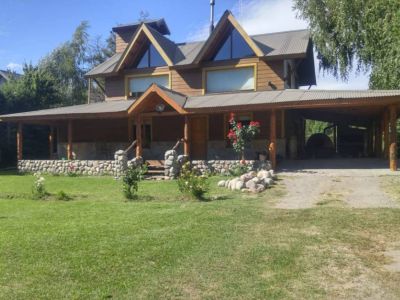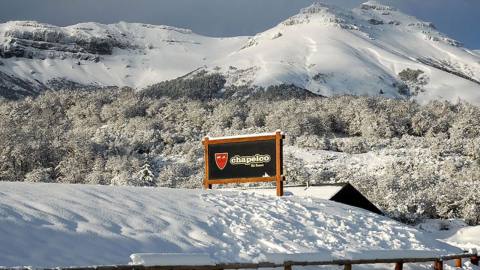In the national park, a water excursion offers one of the best views of the Lanín Volcano and allows visitors to get closer to nature and enjoy it.
With the excitement to start our water excursion on Lakes Huechulafquen and Epulafquen, we went to Canoa Harbor in Lanín National Park.
Under a clear sky, we set out on our vehicle towards Junín de los Andes on a paved route from where we took a zigzag rubble road along the Chimehuin River. One end of Lake Huechulafquen came into sight in the midst of the vastness of the plain. From that spot onwards, we drove bordering its bed and went deeper into the Andean Patagonian forest.
Once we arrived at Canoa Harbour, the modern Jose Julian Catamaran was ready for the departure. We bought our tickets and the captain and the tourist guide invited us to get on board.
Time to set sail!
The engines were turned on as soon as we sat down on comfortable seats inside. The large windows of the catamaran ensured us to have spectacular views during our cruise.
As we got excited about this outing, we carefully watched the gentle maneuver the captain made to start sailing southwards to the hills the guide showed us: to our right, the Cantala and, to our left, Los Ángeles, a giant hill with a height of 2,000 meters in front of our eyes.
An Impressive Andean Massif
Going past the Lanín Volcano with its glacier-capped summit was the most dazzling experience we had ever tasted. Beyond its astounding visual effect, those 3,776 meters of height are prized by local and foreign mountain climbers and hikers: there they test their strength with the intent to make it to the top or climb its hardest walls.
Farther ahead, the mountain walls fall abruptly on the waters. In some sections the green forest displayed its various layers made up of lenga, coihue, ñire, notro and raulí trees which we could appreciate as our guide showed us. We also went past Isla de los Chivos (Goats Island) and Bahía Azul (Blue Bay) and we went through an area with high rainfalls and lush vegetation, a sheltered site for flying steamer ducks, black-necked swans and kelp gulls to build their nests.
Although we had not even noticed it, the catamaran went on. The weather conditions were ideal to enjoy some time on its two outdoor decks and watch the slow maneuvers to sail along the narrow path which separates Lake Huechulafquen from Lake Epulafquen. Its depth ranges between 1.5 and 2.
As we sailed along the Epulafquen (which stands for 'two lakes' in the Mapuche tongue), its clear crystal waters were so clean that we could see its bed. Later on, we were offered a delicious cup of coffee accompanied by regional chocolate before visiting the following natural attraction: the lava river known as the Escorial.
From a distance, we were astounded by the wide area which boasted solidified lava as a result of the Achén Niyeu Volcano eruption, over 500 years ago. The dark color of the volcano is due to the high percentage of iron and magnesium contained in its composition.
A Pigmy Forest
At this location, the Jose Julian Catamaran made a stop and we appreciated a peculiar landscape: Pigmy vegetation made up of cypresses and coihue trees which keep this size as a result of the effect of the heat.
'Anyone who wishes to come back must appreciate the magnificent Lanín Volcano in absolute silence as we go past by its side and this wish will come true', we were advised by our guide along our way back to the harbor.
The intense colors of the summer sunset and a spotless sky said goodbye to us after visiting Lake Huechulafquen, (which stands for 'the lake in the end' in the Mapuche tongue). We deeply think that our strong wish to come back will come true.
Mónica Pons
Eduardo Epifanio
